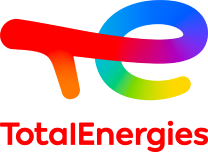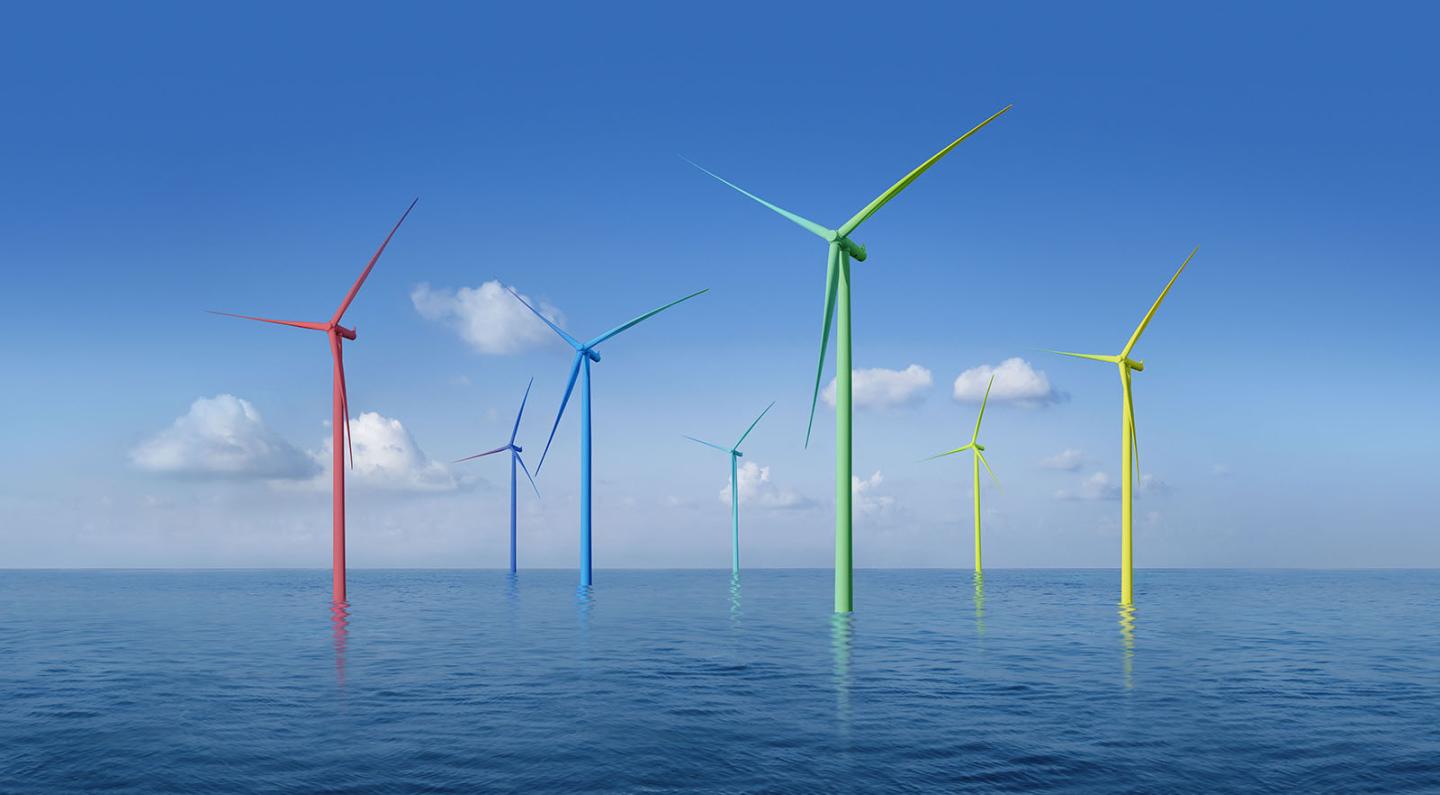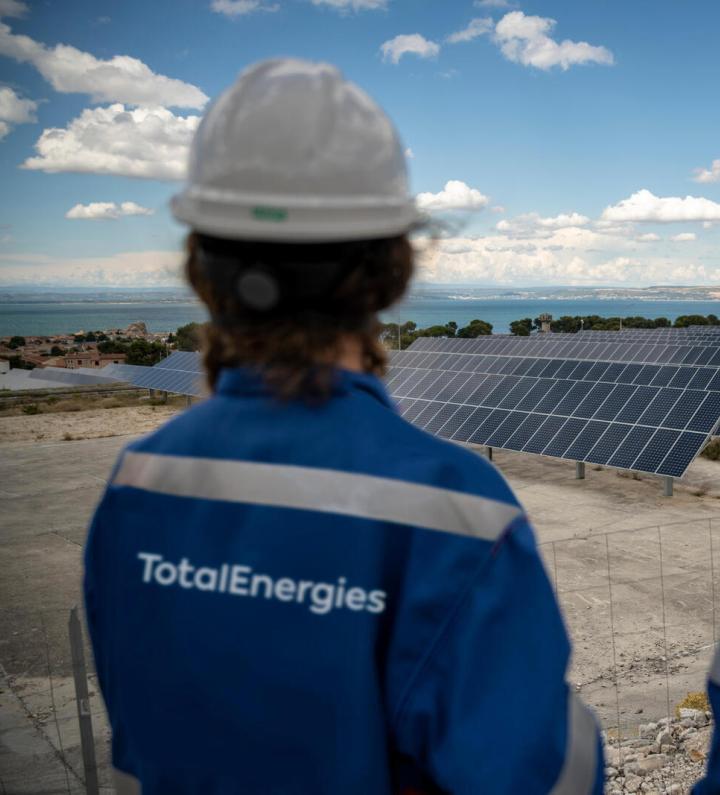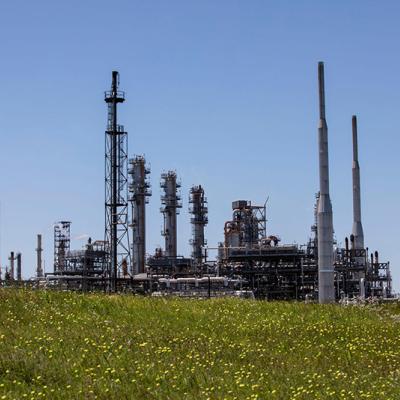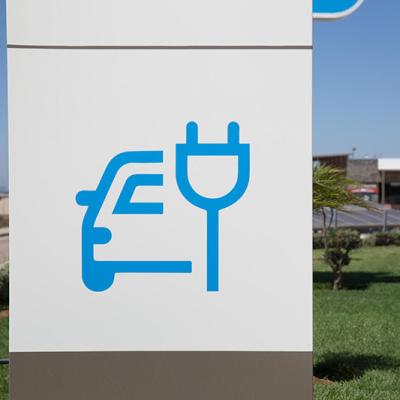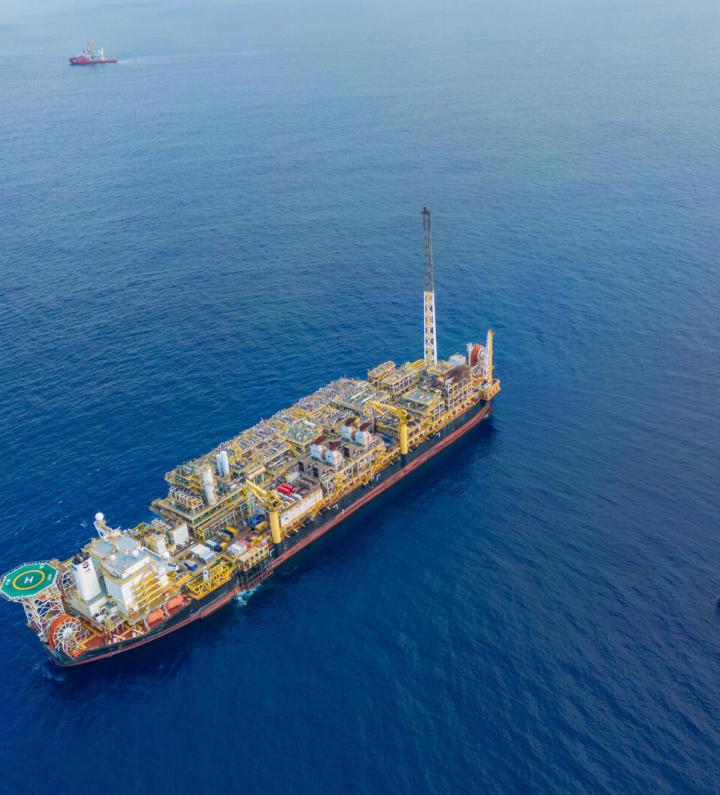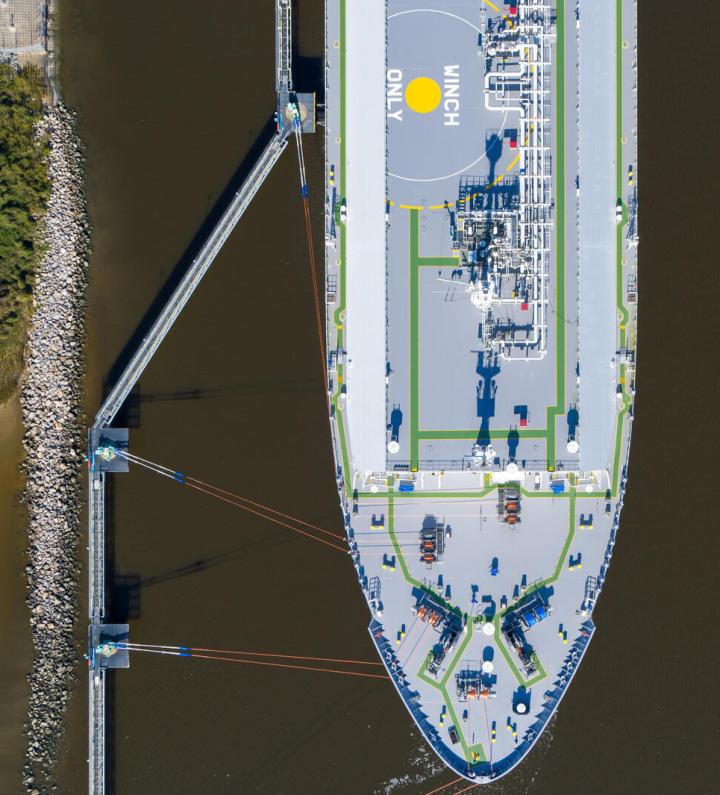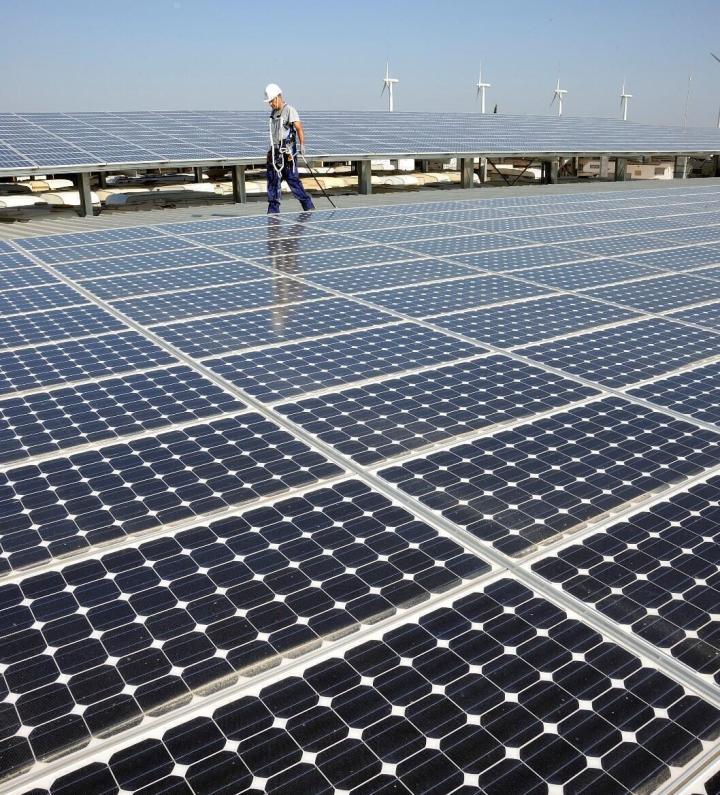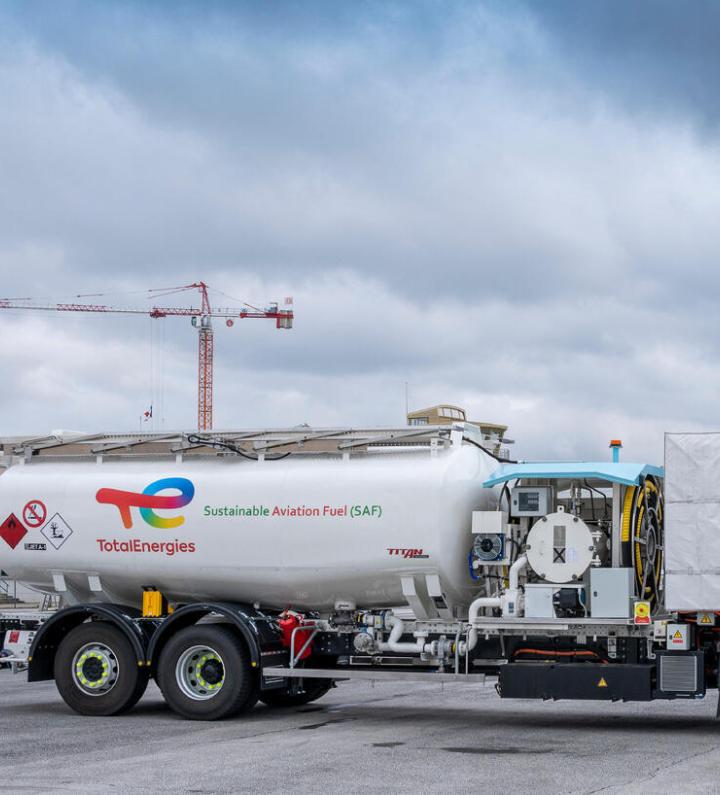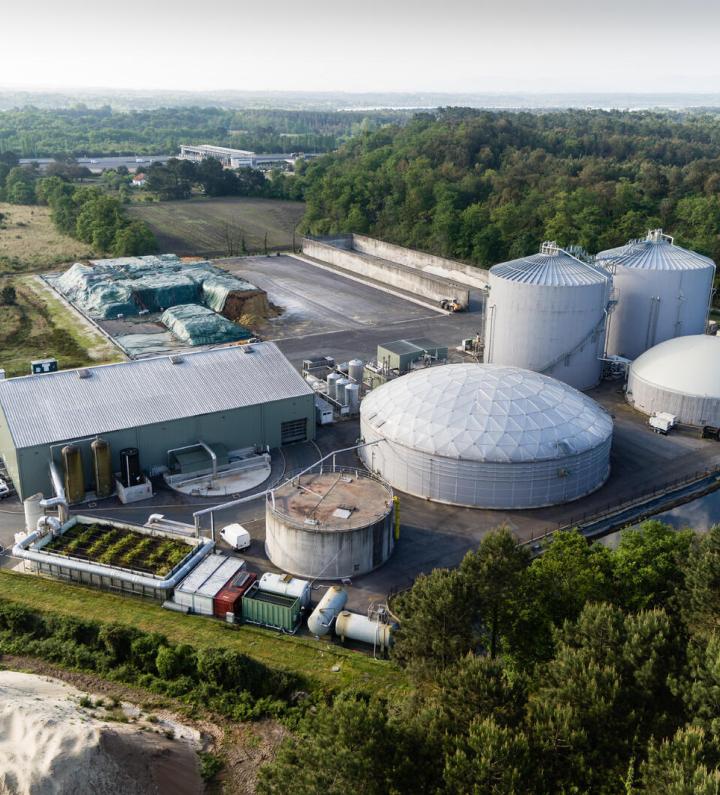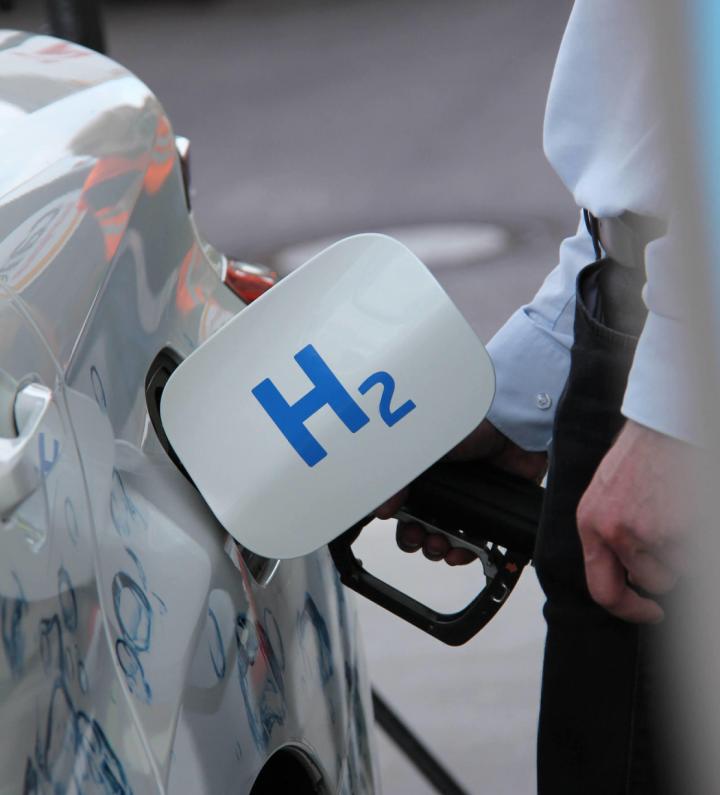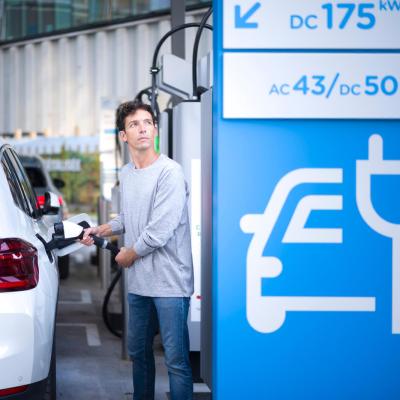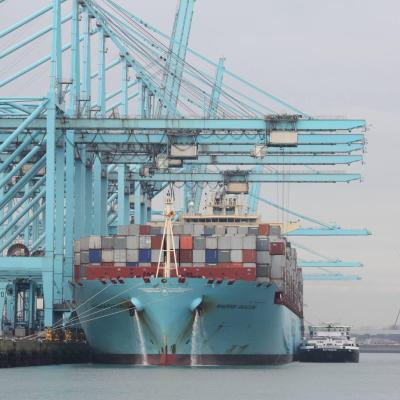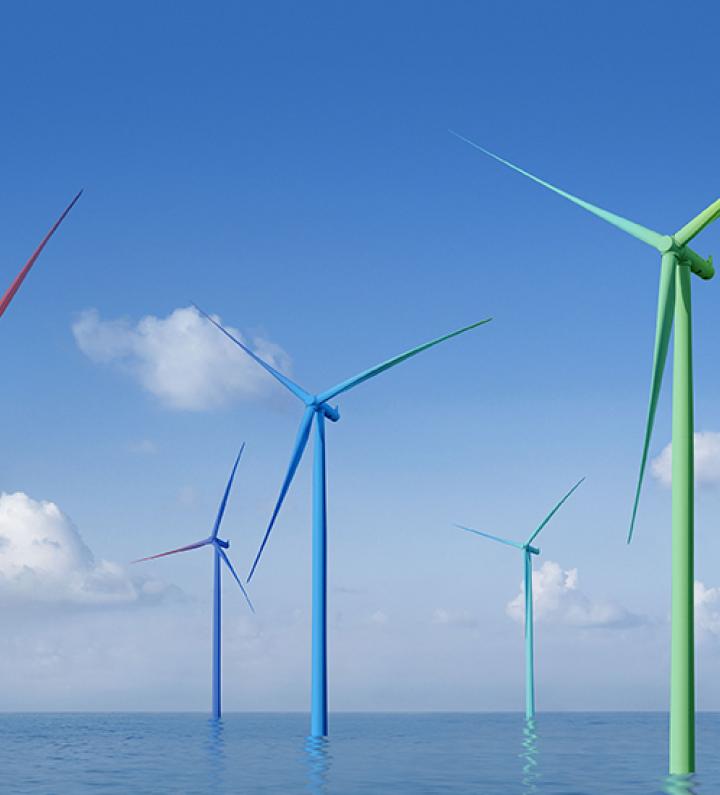Energy Transition
Energy Transition
Building a multi-energy company
[TotalEnergies logo]
TotalEnergies makes the energy transition easier for you.
With our collective human and technological skills, we are building a multi-energy company.
We are working to meet the growing energy needs of the society by providing oil and natural gas, while developing the energies of tomorrow like wind, solar and hydrogen.
And to make electric mobility even more accessible, we are expanding our EV charging network worldwide.
Our ambition is to become a world-class player in the energy transition.
More than ever, we will continue to move towards energy that is cleaner, more reliable, and accessible to as many people as possible.
[TotalEnergies logo]
Discover more on totalenergies.com/energy-transition
Our approach
In affirming its ambition to be a major player in the energy transition and committing to a carbon-neutral approach, together with society, TotalEnergies has dedicated itself to profoundly transforming its production and sales while continuing to meet the energy needs of a growing population.
To do that, we are reinventing and diversifying our energy offering to promote renewable and decarbonized energies, as well as sparing, well-considered use of fossil energies. Since the beginning of the decade, we have moved resolutely to transform our energy model in order to become a multi-energy company and major player in the energy transition.
In 2050, TotalEnergies would produce:
- about 50% of its energy in the form of electricity, including the corresponding storage capacity, totaling around 500 TWh/year, on the premise that TotalEnergies would develop about 400 GW of gross renewable capacity;
- around 25%, or the equivalent of 50 Mt/year of low-carbon energy molecules, either in the form of biogas, hydrogen or synthetic liquid fuels from the circular reaction: H2 + CO2 (“e-fuels”);
- around 1 Mboe/day of Oil & Gas (about a quarter of the production in 2030, consistent with the decline envisaged by the IEA’s Net Zero scenario), primarily liquefied natural gas (about 0.7 Mboe/d, or 25-30 Mt/year) with very low-cost oil accounting for the rest. Most of that oil would be used in the petrochemicals industry to produce about 10 Mt/ year of polymers, of which two thirds would come from the circular economy.
As part of our carbon-neutral approach, together with society, we have set targets for reducing greenhouse gas emissions worldwide, with intermediate objectives for 2025 and 2030.
-
1. Our emissions
Achieve by 2050 or earlier carbon neutrality (net zero emissions) for our operated activities (Scope 1+2) with intermediate targets of:
- reducing GHG emissions (Scope 1+2) from our operated facilities from 46 Mt CO2e in 2015 to less than 38 Mt CO2e by 2025,
- reducing net emissions of GHG (Scope 1+2) for our operated activities by at least 40% by 2030 compared to 2015, thus bringing net emissions to between 25 Mt CO2e and 30 Mt CO2e,
- reducing methane emissions from our operated facilities by 50% between 2020 and 2025, and by 80% between 2020 and 2030,
- reducing routine flaring to less than 0.1 Mm3/d by 2025, with the goal of eliminating it by 2030.
-
2. Carbon footprint of products sold
Achieve by 2050 or earlier carbon neutrality (net zero emissions) for indirect GHG emissions related to our customers’ use of energy products (Scope 3), together with society. Our intermediate targets compared to 2015 are to:
- maintain Scope 3 (world) GHG emissions related to our customers’ use of energy products to a level lower than 400 Mt CO2e, by 2025 and 2030,
- reduce Scope 3 GHG emissions from the petroleum products sold worldwide by 40% by 2030, compared with 2015,
- reduce the lifecycle carbon intensity of energy products used by customers by more than 15% by 2025, and by more than 25% by 2030.
Offsetting residual emissions with natural carbon sinks
Natural areas preservation and restoration can be a lever for achieving net zero emissions worldwide by 2050.
Voluntary offsetting of residual emissions with NBS (Nature Based Solutions) carbon credits will only be used from 2030, to offset Scope 1+2 residual emissions.
That’s why we invest in natural carbon sinks – ecosystems that naturally sequester carbon – through forestry, regenerative agriculture and wetland protection projects.
More Energy, Less Emissions
Oil
The share of our sales of petroleum products has already fallen from 66% in 2015 to 43% in 2024, and is expected to represent 30% in 2030.
Demand for oil could begin to decline between 2030 and 2040, but at a slower rate than the current natural decline rate of existing fields (around 5% per year). TotalEnergies therefore believes that new oil projects are necessary to meet this demand and keep prices at an acceptable level, thereby creating the conditions for a just transition that gives people time to adapt their energy use. In 2024, TotalEnergies produced 1.4 Mb/d of oil, equivalent to its 2019 level, representing approximately 1.5% of global production.
We sanction these projects on performance criteria, notably in terms of technical costs and carbon intensity. We operate our fields with strict safety, emissions reduction and environmental impact requirements. The cash flow generated by these activities is helping to accelerate our investments in renewable energies.
-
-40%
target to reduce our sales of petroleum products by 2030 compared with 2019
-
30%
share of petroleum products in our sales in 2030, vs. 66% in 2015
Gas
For TotalEnergies, natural gas is a key energy for the energy transition. As a fossil fuel, it emits half as much greenhouse gas as coal when used to generate electricity. This abundant and easily accessible energy source makes it a valuable ally in helping coal-dependent countries reduce their greenhouse gas emissions.
In the gas markets, TotalEnergies focuses on Liquefied Natural Gas (LNG), which can be shipped everywhere in the world and thus contributes to energy security, as it has been the case in Europe since 2022 with the strong reduction of Russian pipeline gas deliveries.
With diversified positions, and in particular its leading position of exporter in the United States - over 10 Mt in 2024 - TotalEnergies is the 3rd world’s largest LNG player, with 40 Mt sold in 2024. TotalEnergies aims to gradually reduce GHG emissions of the LNG value chain, from gas production to end use.
Methane is a greenhouse gas with a global warming potential 30 times higher than that of CO2 and a much shorter atmospheric lifetime1. At the beginning of 2022, we set ourselves some concrete and very ambitious targets for the next decade: -60% in 2025 and -80% in 2030, compared with 20202. These targets cover all of the Company’s operated assets and go beyond the 75% reduction in methane emissions from Oil & Gas by 2030 (vs 2020) as recommended by the IEA when creating the NZE scenario. We are also strengthening our methane intensity3 target of less than 0.1% by 2030 on our gas facilities, by extending it to all our operated Upstream Oil & Gas facilities.
Thanks to these efforts, in 2024, the Company achieved its goal of reducing methane emissions by 50% compared to 2020, one year ahead of schedule.
More Energy, Less Emissions
Electricity
Electricity demand, which is vital to the success of the energy transition, is expected to grow sharply, as decarbonization is at the heart of the roadmaps of countries committed to carbon neutrality by 2050. In response, Integrated Power, a new pillar of the Company’s strategy, is developing an integrated model encompassing the entire value chain, from power generation to sales and trading activities.
TotalEnergies plans to increase its electricity production by around 20% per year by 2030, to generate between 100 and 120 TWh per year, of which 70% will be from renewable sources and 30% from flexible gas sources. As part of its carbon neutrality approach, TotalEnergies is building a competitive portfolio of renewable (solar, onshore and offshore wind) and flexible (CCGT, storage) assets to provide its customers with increasingly decarbonized electricity available 24/7.
By mid-2025, TotalEnergies will have reached a gross installed renewable electricity generation capacity of more than 30 GW and intends to continue developing its activities to reach 35 GW in 2025 and then 100 GW in 2030, which would place the Company among the top five global players in renewable electricity (wind and solar), excluding Chinese players.
-
100 to 120 TWh/yearElectricity production target for 2030
-
11,5 GWof storage capacity deployed worldwide by 2030
Biomass
Vegetable oils, used cooking oils, animal fats for biofuel production, organic waste for biogas production... Biomass is a renewable energy source of the future, enabling the development of low-carbon molecules. It is now an immediately available solution for rapidly reducing the carbon footprint of mobility and replacing natural gas. A real challenge, since by 2030, the share of renewable energy used in transport will have to reach 14% in the European Union.
Expanding our biofuels offering
Today, biofuels emit 50% less CO2 than their fossil fuel equivalents4, making them a decarbonization pathway for liquid fuels. Because demand is strong, this is a high-margin market, but access to feedstocks (plants, residues, sugar, etc.) remains a barrier to growth. We favor the manufacture of Sustainable Aviation Fuels (SAF) for the decarbonization of the aviation sector.
To avoid land-use conflicts, we develop solutions based on the priority use of waste and residues from the food industry (used oils, animal fats). Our aim is to increase the share of circular feedstocks to more than 75% as from 2024 in our production of biofuels.
Accelerating in biogas
Biogas, produced by the degradation of organic waste, produced from the decomposition of organic waste, is a renewable gas. Injected into gas networks in the form of biomethane, it contributes to the decarbonization of natural gas uses. By the end of 2024, TotalEnergies' total gross annual production capacity will be 1.2 TWh of biomethane equivalent (compared to 1.1 in 2023 and 0.5 TWh in 2022).
The Company now intends to pursue its development through growth mainly in Europe and the United States, with a net capacity target of 10 TWh by 2030.
Hydrogen
Hydrogen acts as a gateway between a primary energy source and its end uses. We are interested in the production of more low-carbon hydrogen, which concerns:
- renewable hydrogen (commonly known as “green hydrogen”), produced either by electrolysis using electricity from renewable energy sources, or by any other technology using exclusively one or more of these same renewable energy sources and not conflicting with other uses enabling their direct valorization.
- low-carbon hydrogen (commonly known as “blue hydrogen”), produced by converting fossil fuels, but whose CO2 emissions are captured for reuse or storage, using carbon capture and storage (CCS) processes. Low-carbon hydrogen also refers to hydrogen produced by electrolysis, using electricity from low-carbon energy sources, notably nuclear (commonly referred to as “yellow hydrogen”), with a significant reduction in greenhouse gas emissions over the entire life cycle compared with hydrogen produced using existing techniques5.
For our operations, our priority is to decarbonize the hydrogen consumed in our European refineries by 2030. TotalEnergies aims to replace carbon-based or grey hydrogen by green hydrogen, produced by electrolysis of water using electricity from renewable energy sources.
The hydrogen production capacities currently under development will contribute to our ambition of increasing new molecules – biofuels, biogas, hydrogen and e-fuels6 – to 25% of our energy production and sales by 2050.
Through these projects, we aim to position ourselves as a pioneer in the mass production of renewable, low-carbon hydrogen to meet growing demand. This ambition will be particularly necessary to help decarbonize heavy mobility.
More Energy, Less Emissions
Carbon neutrality: an approach shared with our customers
We are actively working to make carbon neutrality a shared approach with our customers. The key to making an effective contribution to the energy transition is to gradually transform the way in which our customers consume energy.
As a result, we are pursuing a marketing policy geared towards low-carbon products, and will be reducing our offer for certain uses for which competitive low-carbon alternatives exist.
Accompanying our customers towards low-carbon mobility
Transport accounted for around 25% of global CO2 emissions in 2021. Our conviction: tomorrow’s mobility does not call for a single solution, but a range of complementary ones.
-
Road transport
We offer our customers solutions to accelerate the adoption of electric mobility:
- deployment of charging infrastructure, with a worldwide target of 150,000 charging points in operation;
- upgrading to high-power charging solutions on freeways, with a target of 1,000 European sites equipped by 2028.
-
Air transport
One of the main levers for decarbonizing the air transport sector is the integration of SAF. When it’s produced from used cooking oil make it possible to 80%6 reduction in CO2 emissions over the entire life cycle.
We have set ourselves the target of producing 1.5
-
Maritime transport
To reduce the emissions of our maritime customers, we are committed to supplying LNG (with a target of 10% of the global market by 2030), bio-LNG and biofuels at strategic bunkering centers. In the long term, we are working with partners in maritime coalitions and cross-sector R&D initiatives to shape the market for future decarbonized shipping fuels (advanced biofuels, biomethane, green methanol and synthetic ammonia).
We are also working to reduce shipping emissions by renewing our fleet of chartered LNG carriers with modern, high-performance vessels.
More Energy, Less Emissions
Notes
1 Roughly a dozen years compared to several hundred years for CO2. Global warming potential of about 80 over 20 years and 28 over 100 years (source: IPCC AR5).
2 Excluding biogenic methane.
3 Methane emission intensity relative to commercial gas production.
4 According to the European Directive 2018/2001 named RED II.
5 For these definitions of "renewable hydrogen" and "low-carbon hydrogen", TotalEnergies refers to the definitions provided by French legislation (Article L. 811-1 of the Energy Code) and the European Commission (Communication from the Commission COM(2020) 301, "A hydrogen strategy for a climate-neutral Europe", July 8, 2020).
6 Panorama 2020 - Biofuels incorporated into fuels in France, published by the Ministry of Ecological Transition and Territorial Cohesion.
